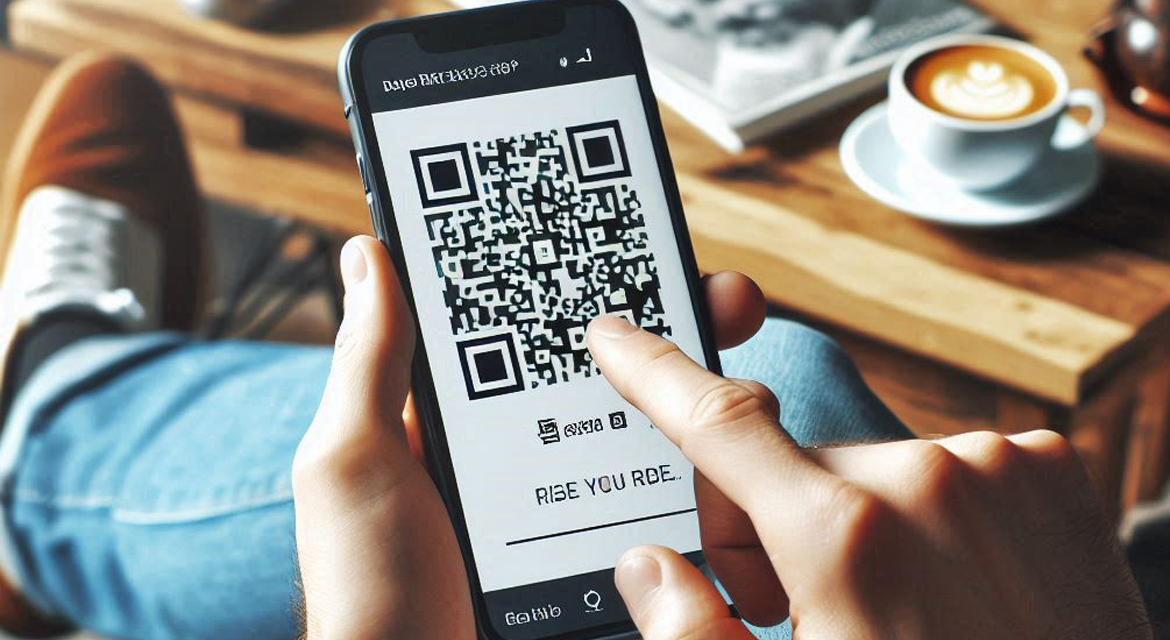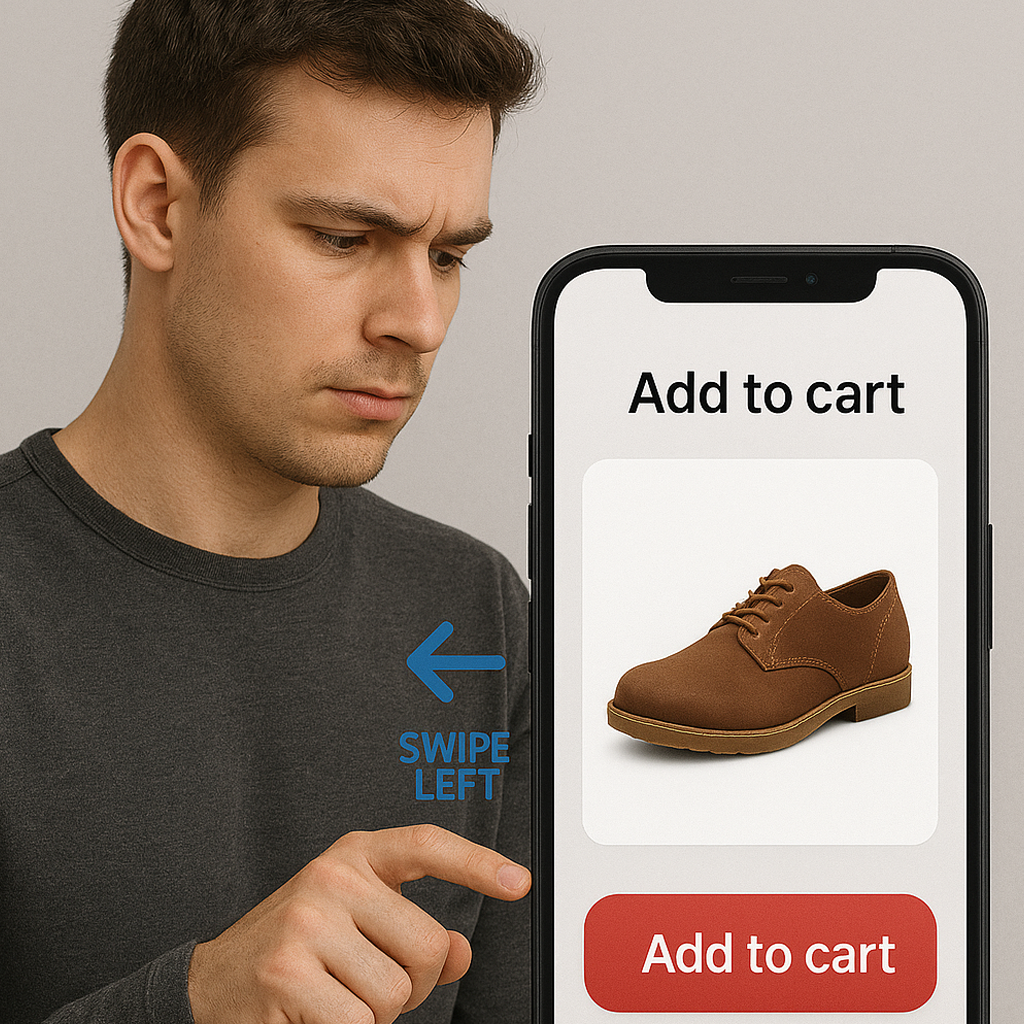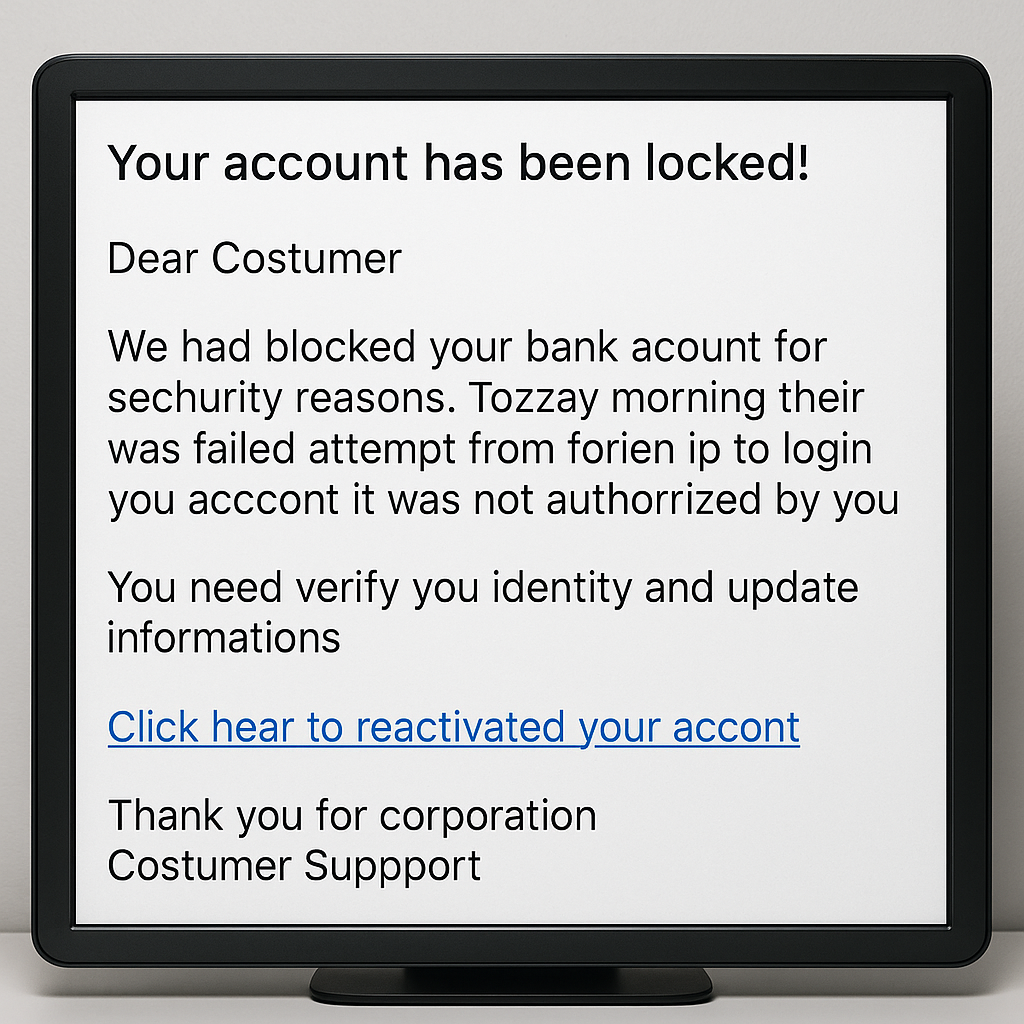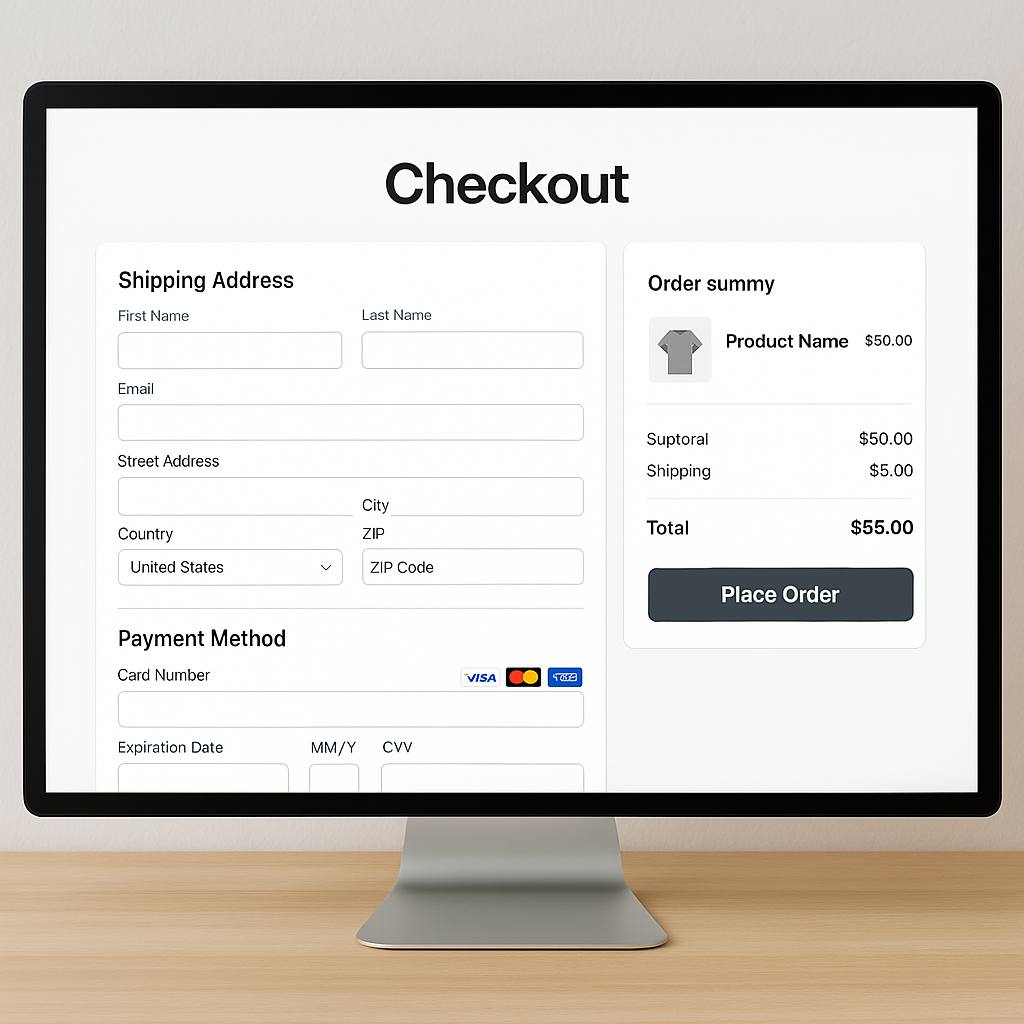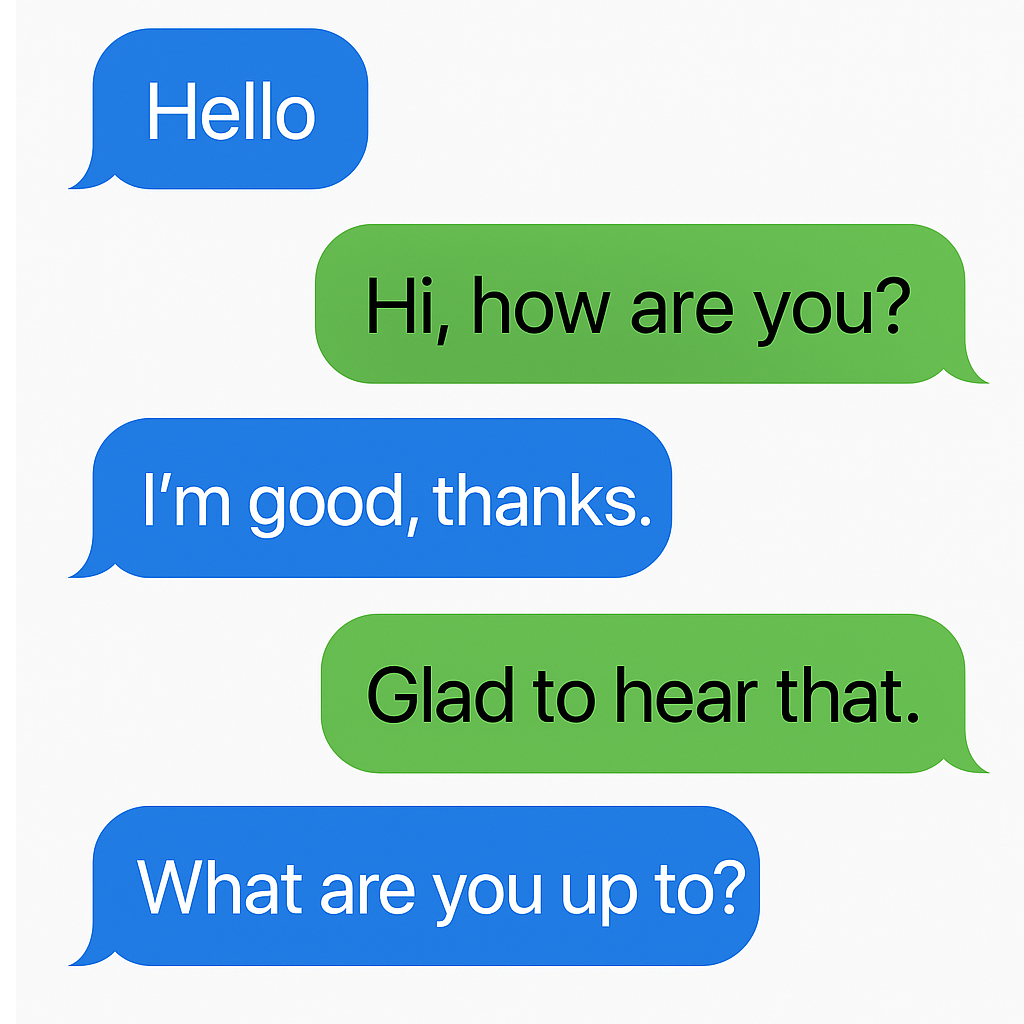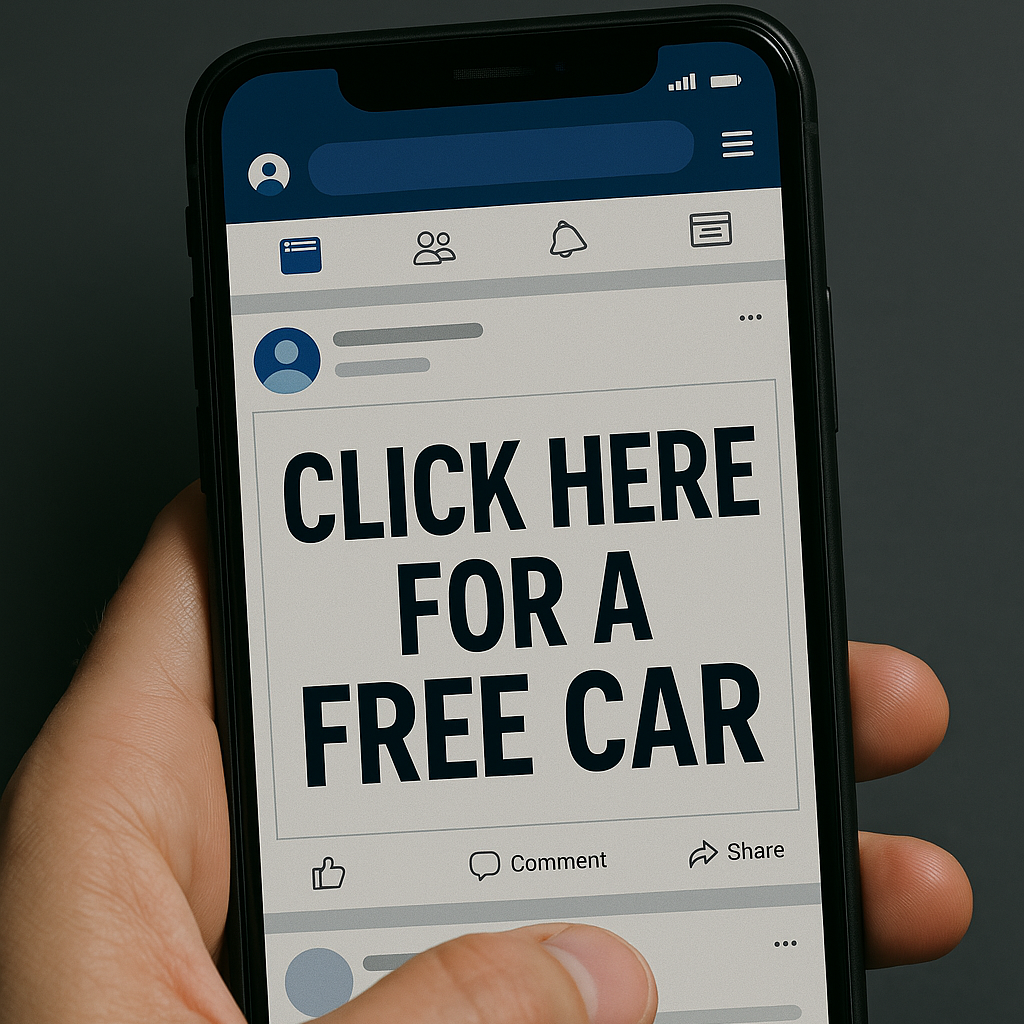In a world swarming with technological gizmos and gadgets, it’s easy to overlook the humble QR code. Many of us have seen those quaint, pixelated squares in our day-to-day lives—on restaurant menus, business cards, and even gravestones (yes, that’s a thing). But have you ever stopped to ponder the wizardry behind these cryptic squares? Buckle up, dear reader, as we unmask the magic of QR codes and reveal how these seemingly simple patterns are the sorcerers of convenience we never knew we needed.
History of QR Codes
First things first, let’s decode the QR code. QR stands for "Quick Response," which is quite fitting because these codes work faster than a caffeinated squirrel. Born in the land of sushi and samurai, the QR code was invented in 1994 by Denso Wave, a subsidiary of Toyota. Initially, it was designed to track vehicles during manufacturing. But oh boy, did it evolve!
In the early days, QR codes were used primarily in the automotive industry to track parts during the vehicle manufacturing process. This was a significant improvement over traditional barcodes, which could only store information horizontally. QR codes, with their two-dimensional design, could store data both horizontally and vertically, allowing for a much greater capacity. As technology advanced and smartphones became ubiquitous, so did the use of QR codes. They quickly found their way into various industries and everyday life, becoming a global phenomenon.
The Wizardry Behind the Square
Now, you might wonder, "How does a bunch of black and white squares perform such feats of data storage?" Well, the secret lies in the code’s design. Each QR code has three distinct squares at its corners, which help the scanner identify and orient the code. The fourth, smaller square acts as an alignment marker. The remaining space is where the magic happens, storing all sorts of data—from URLs and text to images and even Wi-Fi passwords.
The internal structure of a QR code is meticulously planned. The corners with larger squares are known as position markers, which allow scanners to quickly detect the code and its orientation. The small square, or alignment marker, ensures the code can be read accurately even if it’s printed on a curved surface. The rest of the code, filled with tiny black and white modules, encodes the actual data, organized in layers depending on the complexity and amount of information. The true genius (or should we say wizardry?) of QR codes is their error correction capability. Even if a code is partially damaged, it can still be read, thanks to Reed-Solomon error correction. Imagine a wizard who can still cast spells even if their wand is broken—now that’s a QR code for you!
QR Codes: The Jack-of-All-Trades
One of the most enchanting aspects of QR codes is their versatility. These little squares have found their way into almost every facet of our lives.
The Foodie’s Delight
Gone are the days when you had to squint at a greasy menu or wait for a waiter to take your order. With QR codes, you can now access an entire restaurant menu with a single scan. Some savvy eateries even let you place orders and pay through the code. It’s like having a magical portal to your favorite dish.
But it doesn’t stop there. QR code menus can be updated in real-time, ensuring customers have access to the latest offerings and prices without the need to print new menus. This is particularly useful for restaurants with seasonal dishes or daily specials. Additionally, QR codes can link to nutritional information, allergen details, and even customer reviews, making dining out a more informed and enjoyable experience.
The Marketer’s Best Friend
QR codes are a marketer’s dream come true. From billboards and flyers to business cards and product packaging, these codes can be plastered anywhere. A quick scan can lead potential customers to websites, promotional videos, or even augmented reality experiences. Who needs a marketing degree when you have QR code sorcery?
The marketing potential of QR codes is virtually limitless. Businesses can use them to create interactive and immersive experiences for customers. For example, a QR code on a product package could lead to a video demonstrating how to use the product, or a code on a flyer could link to a discount coupon. Marketers can also track the effectiveness of their campaigns by analyzing QR code scans, providing valuable insights into customer behavior and engagement.
The Traveler’s Guide
Ever found yourself lost in a foreign land, clutching a map like a bewildered tourist? QR codes to the rescue! Many travel agencies and tourist spots now use QR codes to provide visitors with information, maps, and guides—all in the palm of your hand. It’s like having a wizarding tour guide who never gets tired.
In addition to providing essential information, QR codes can enhance the travel experience in unique ways. Imagine scanning a code at a historical site and instantly accessing a virtual tour, complete with audio commentary and interactive features. Or using a QR code to download an offline map of a city, ensuring you never get lost even without internet access. Some tourist destinations also offer QR codes that link to augmented reality experiences, bringing history to life in a way that’s both educational and entertaining.
Quirky QR Code Uses
Just when you thought QR codes couldn’t get any quirkier, here are some outlandish ways people have used them:
Gravestones
Yes, you read that right. QR codes have made their way into cemeteries. Some people are now embedding QR codes on gravestones to provide visitors with information about the deceased. A quick scan can reveal a biography, photos, or even a video tribute. It’s like bringing the past to life with a sprinkle of tech magic.
This modern twist on memorials allows for a deeper connection to the departed, preserving their stories and memories in a way that’s accessible to future generations. It also provides a way for distant relatives and friends to pay their respects and learn more about the person’s life, even if they can’t visit the grave in person. QR codes on gravestones are a testament to how technology can blend with tradition to create meaningful experiences.
Virtual Stores
Imagine shopping at a store without any physical products on the shelves. Sounds like a scene from a sci-fi movie, right? Well, QR codes have made this a reality. Virtual stores display images of products with corresponding QR codes. Shoppers can scan the codes, make a purchase, and have the items delivered to their doorstep. It’s shopping in the future—today!
Virtual stores are not only convenient but also space-saving and cost-effective for retailers. They can set up virtual stores in high-traffic areas like subway stations or airports, providing busy commuters with a quick and easy shopping option. These stores can also offer a wider range of products than a traditional brick-and-mortar store, as they’re not limited by physical space. The use of QR codes in virtual stores represents a revolutionary shift in the retail landscape, blending the physical and digital worlds seamlessly.
Tattoos
If you thought gravestone QR codes were odd, brace yourself for QR code tattoos. Some adventurous souls are getting QR codes inked on their bodies. These tattoos can link to anything from personal websites to secret messages. It’s like having a magical sigil that reveals its secrets to those who know the code.
QR code tattoos are a unique way to express individuality and creativity. They can be used to share personal stories, showcase artwork, or even serve practical purposes like linking to emergency contact information. The possibilities are endless, and the tattoos can evolve over time as the linked content changes. While not for everyone, QR code tattoos exemplify the innovative and sometimes quirky ways people are integrating technology into their lives.
Pros and Cons of QR Codes
Pros
- Convenience: QR codes provide quick access to information and services, making tasks like ordering food, accessing websites, and sharing contact information incredibly easy.
- Versatility: From marketing to travel to memorials, QR codes can be used in a wide range of applications, demonstrating their adaptability.
- Space-saving: QR codes can store a large amount of information in a small space, making them ideal for use on product packaging, business cards, and more.
- Trackable: Businesses can track the number of scans, providing valuable insights into customer engagement and behavior.
- Error correction: Even if a QR code is partially damaged, it can still be read, thanks to built-in error correction features.
Cons
- Security risks: QR codes can be used to distribute malicious software or direct users to phishing websites, posing a cybersecurity threat.
- Dependence on technology: Users need a smartphone or QR code reader to scan the codes, which may not be accessible to everyone.
- Visual appeal: Some might find QR codes visually unappealing or intrusive, especially when used in designs or advertisements.
- Misuse potential: QR codes can be misused for spamming or redirecting users to unwanted content, leading to distrust.
- Scanning issues: Poor printing quality or environmental factors (e.g., low light) can affect the ability to scan QR codes accurately.
The Future of QR Codes
As we continue to hurtle through the digital age, QR codes are proving to be more than just a passing fancy. With advancements in technology, we can expect these wizards of convenience to become even more powerful.
Imagine a world where QR codes are seamlessly integrated into our daily lives. Picture personalized QR codes that cater to your preferences, or dynamic codes that change based on your location and needs. The possibilities are endless, and the magic is just beginning.
The future of QR codes could include features like enhanced security, preventing unauthorized access to sensitive information. We might also see QR codes becoming even more interactive, with the ability to trigger complex tasks and actions with a single scan. As technology continues to evolve, QR codes will likely play a central role in connecting the physical and digital worlds, making our lives more convenient and interconnected than ever before.
So, the next time you encounter a QR code, don’t just see it as a fancy square. Remember the wizardry and convenience it brings to your life. From revolutionizing the way we order food to guiding us through unknown territories, these little squares are working their magic in ways we never thought possible.
And who knows? Maybe one day, we’ll discover that QR codes are the true wizards of the digital realm, casting spells of convenience and charm wherever they go.
Now, go forth and scan, dear reader. Unleash the magic of QR codes and embrace the wizardry that lies within those pixelated squares. The world of convenience is just a scan away.



